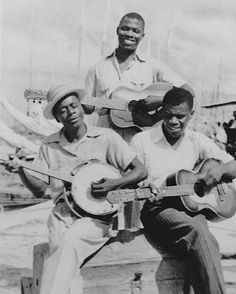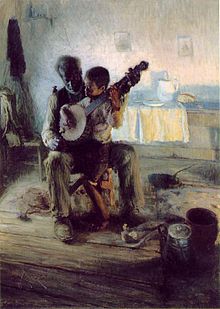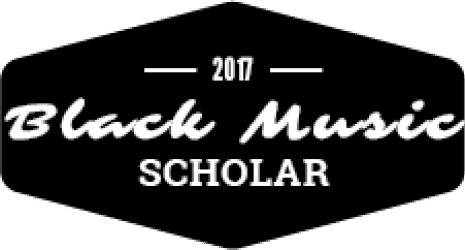Cultural Continuity: Folk Music, A Familiar Face


History
Instruments
The origins of folk music can be traced back to the 1600’s when African slaves began arriving in colonial America. Folk music told the story of enslaved Africans in the united states and is a key element in all healing and religious rituals for these people. While some folk music was religious (hymns, ring shout) some of it was also secular such as work songs and creole songs.
Instruments such as various drums and the banjar (an early form of the banjo) came over the Middle Passage from Africa. Instruments such as the guitar, the fiddle, and even the concept of the body as instrument with traditions like hambone and pattin’ juba were birthed from American enslavement.
Characteristics
There are a limited number of structural characteristics and musical processes for Folk music, but there are still important characteristics for this musical style.
Timbre: a primary element of African/Afro-American music that was heavily criticized by Europeans; consisted of groaning, darker vocal tone, and unreserved exclamations of emotions .
Call-Response: “A song structure or performance practice in which a singer or instrumentalist makes a musical statement that is answered by another soloist, instrumentalist, or group.”
Polyrhythm: several contrasting rhythms played or sung simultaneously.



